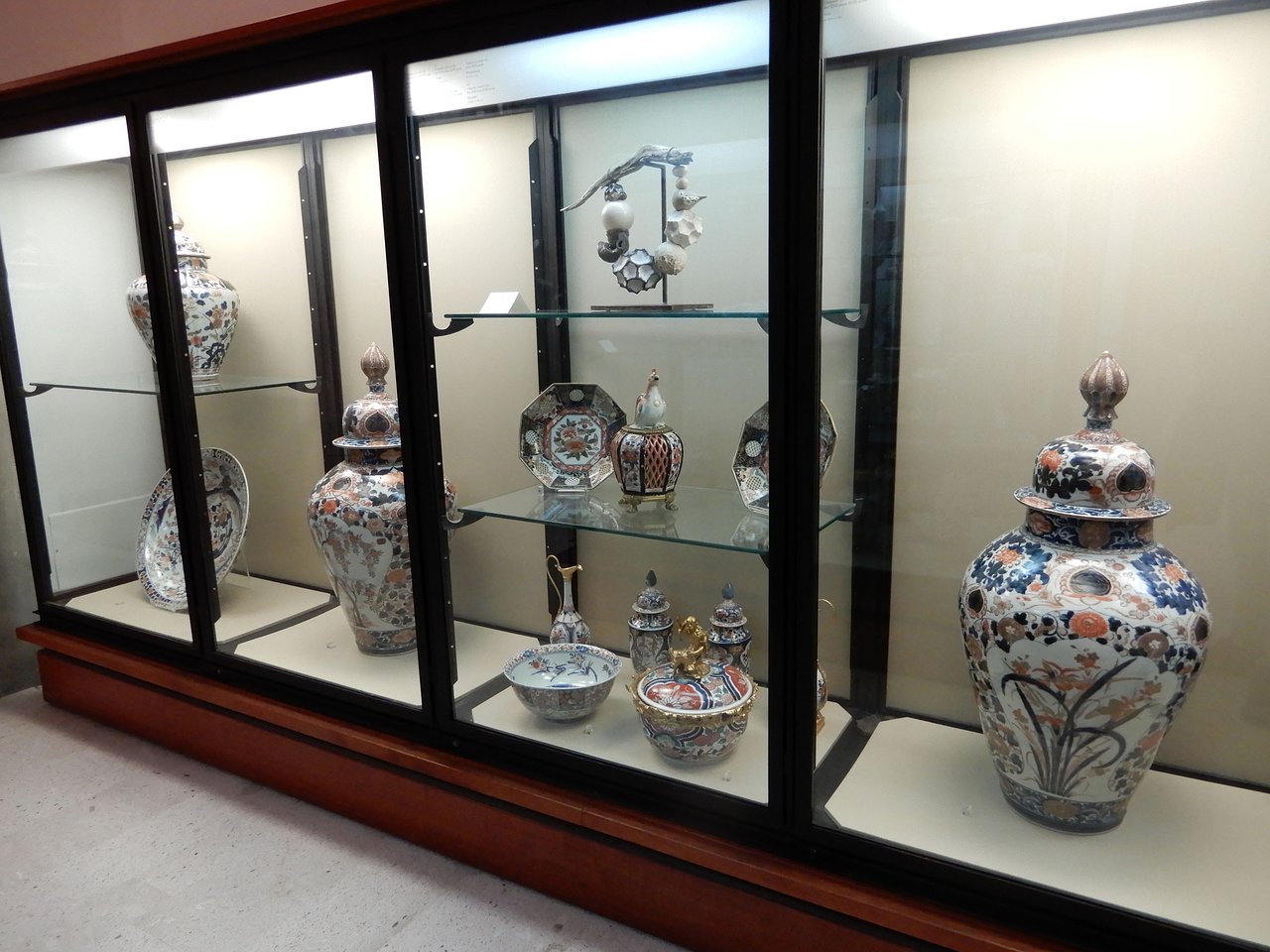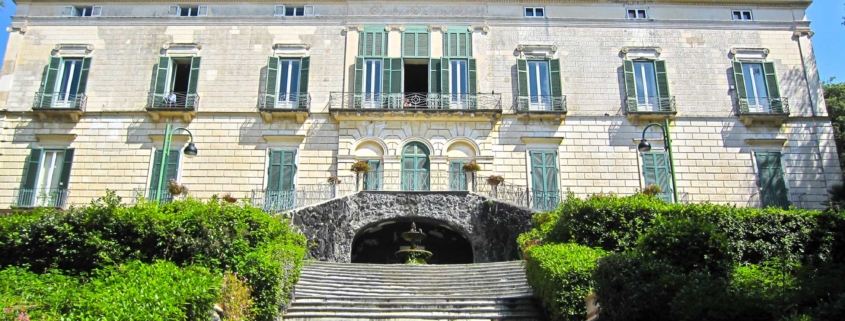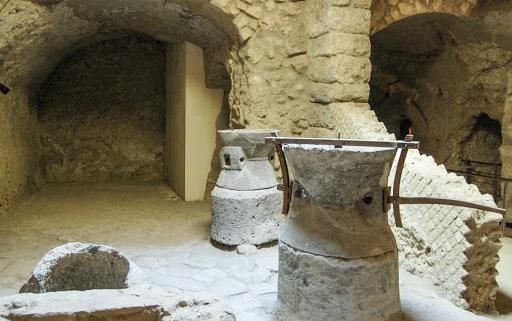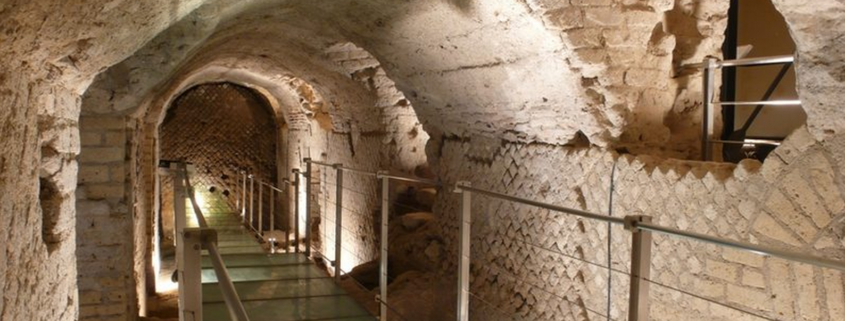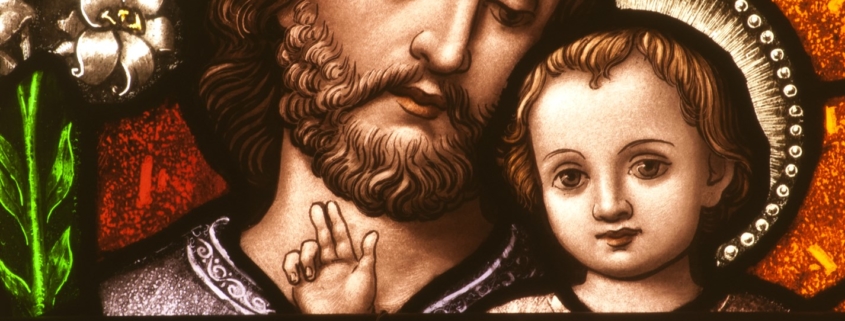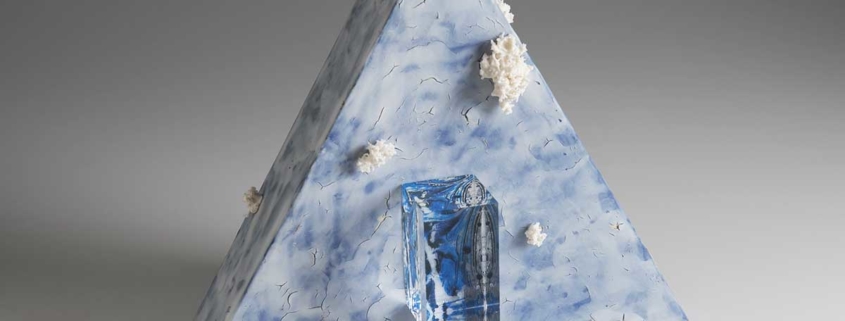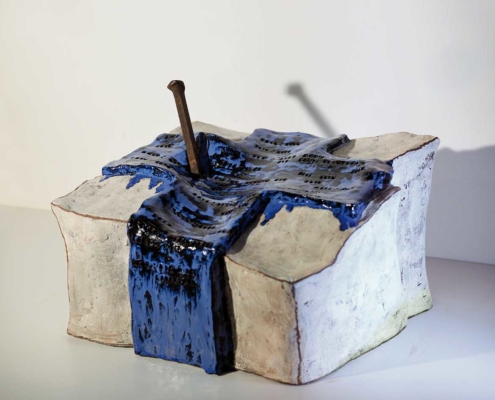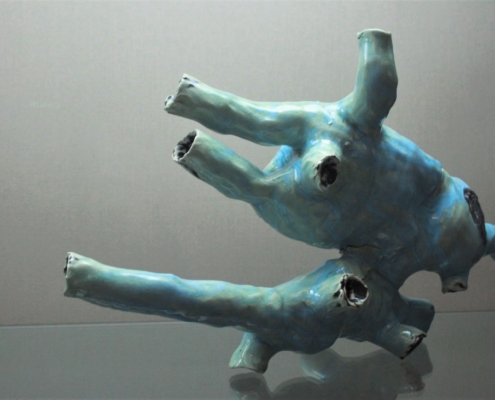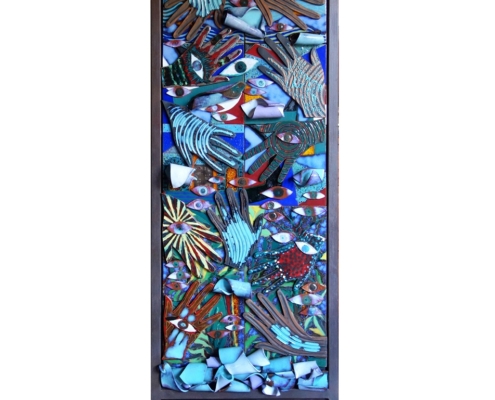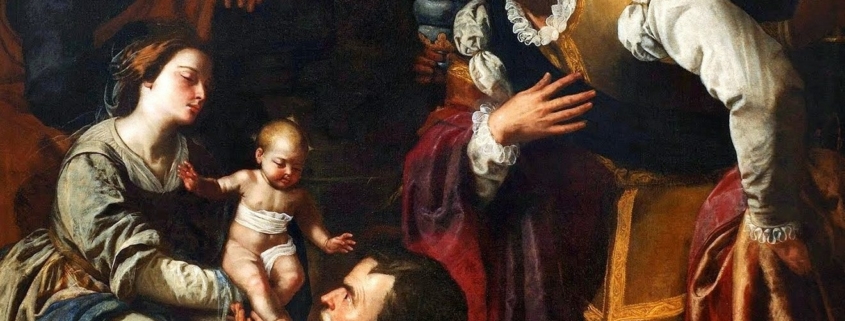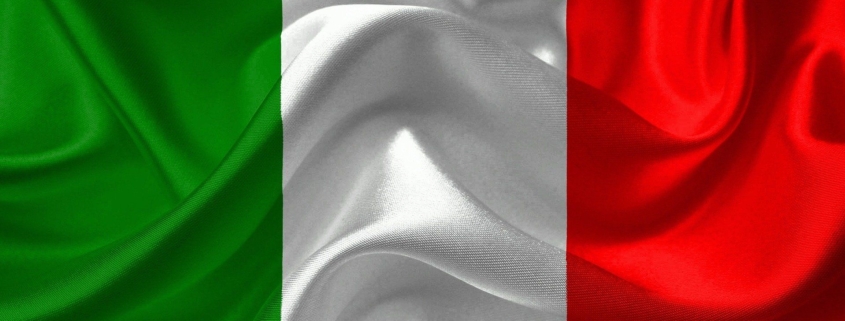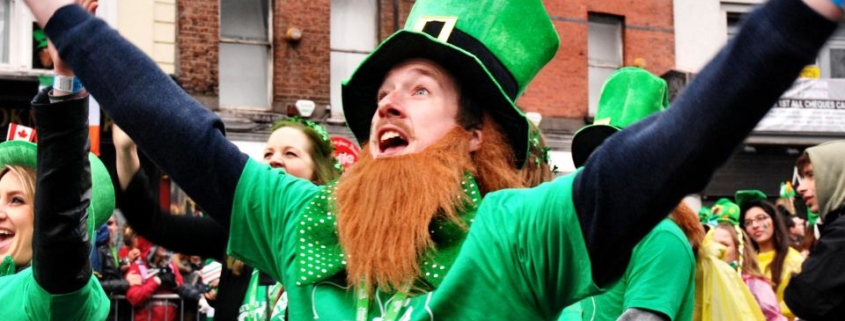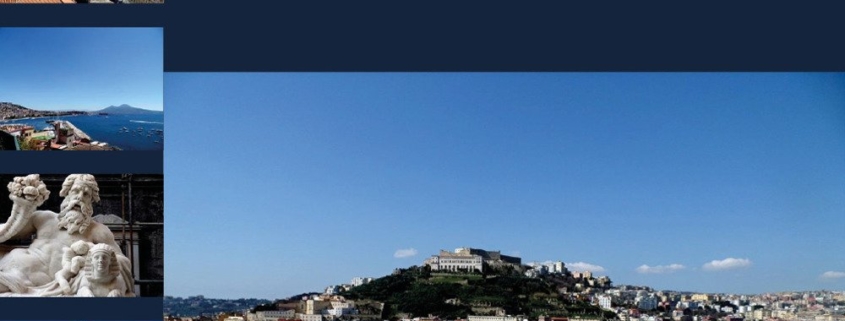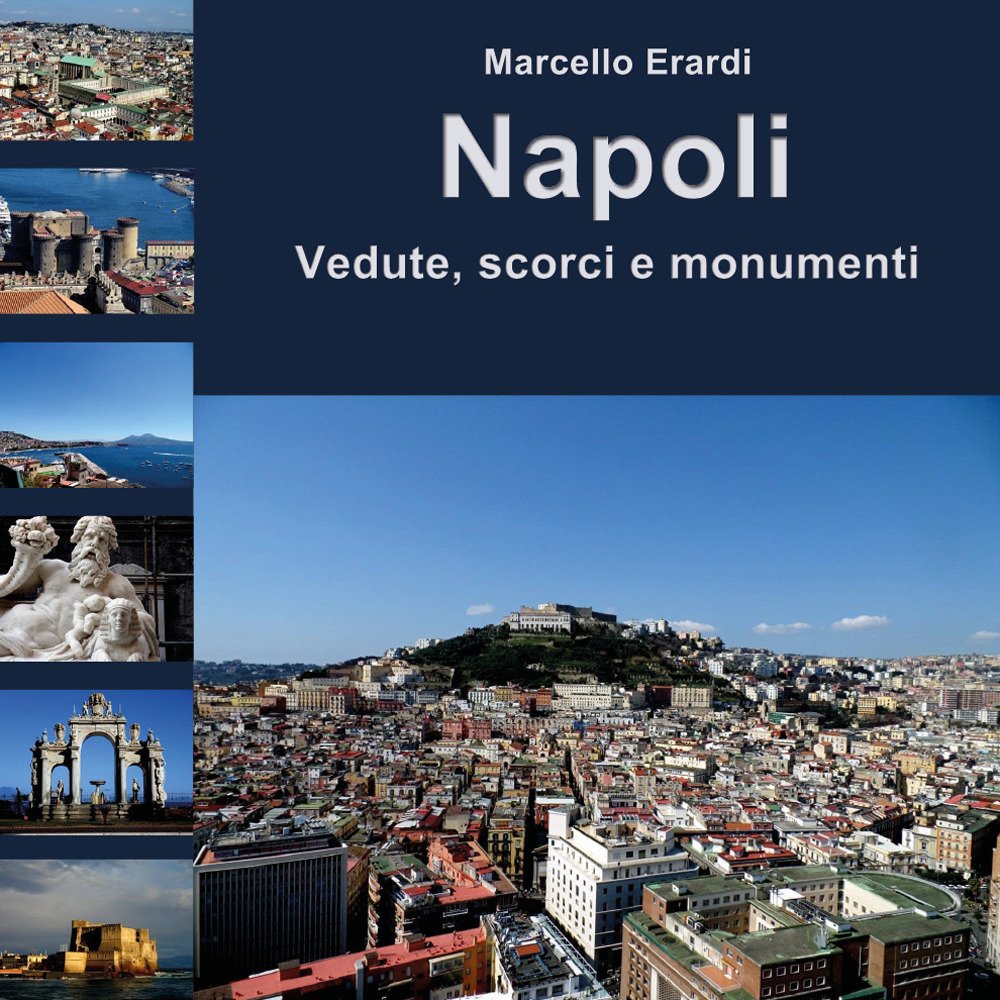171, Via Aniello Falcone
The Museum Museo Duca di Martina was originally used as a summer season residence constructed by the King Ferdinando di Borbone in year 1817. The entire complex was renovated and included a casino that now sites the Museum and a coffee house Villa Lucia. The surrounding Park Villa Floridiana was entrusted to the architect Niccolini from 1817 to 1819. Following the death of the Duchessa di Floridia, numerous transformations were made dating from 1826. The Museum Museo della ceramica Duca di Martina in Villa Floridiana was established in 1927 and is considered to display one of the most important and prestigous Italian collections of Decorative Art.
The heirs of the Duca di Martina, who was born in Naples in 1829 donated a personal collection consisting of over seven-thousand objects ranging from porcelain to enamels, maiolica, crystal, glass, coral and bronzes. The first floor holds a collection of Eighteenth-Century European porcelains.
Apart from the vast selection of original ceramic collections, exhibits range from Medieval to Renaissance art, including paintings, furniture, items of worship and personal accessories. Niccolini also designed and reconfigured the English landscape gardens within the Park Villa Floridiana, taking advantage of the natural slopes facing towards the sea and creating unique features such as an open-air theatre, greenhouses, ponds, a temple and a shelter for exotic animals.
The Villa Floridiana was then entrusted to the gardener Dehnhart who elegantly enriched the area by introducing more than 150 different plant species, including oaks, pines, palms, camellias and a ginkgo specimen. Today, the Villa has become an urban park covering over 8 hectares and is popular for all ages.
